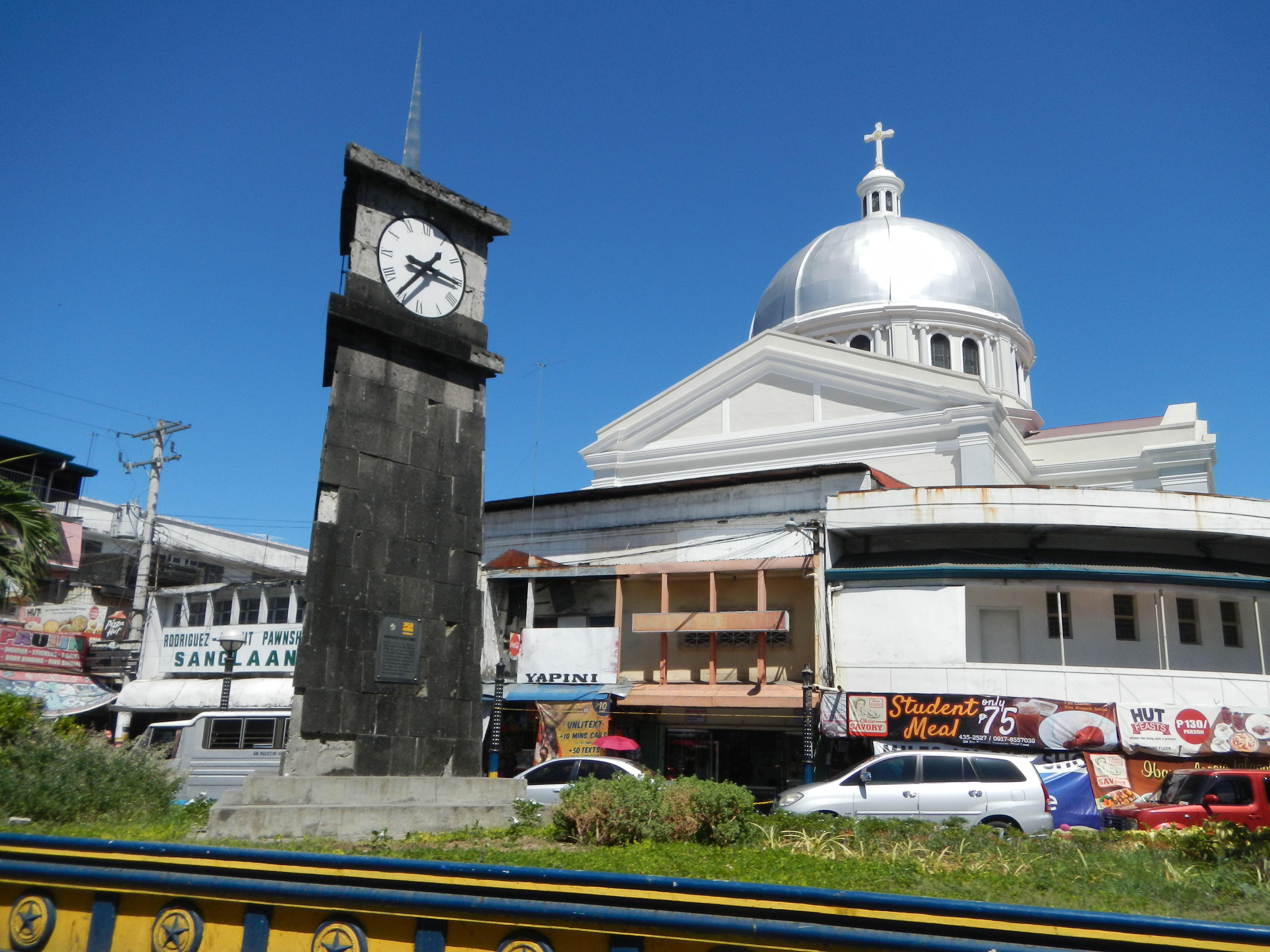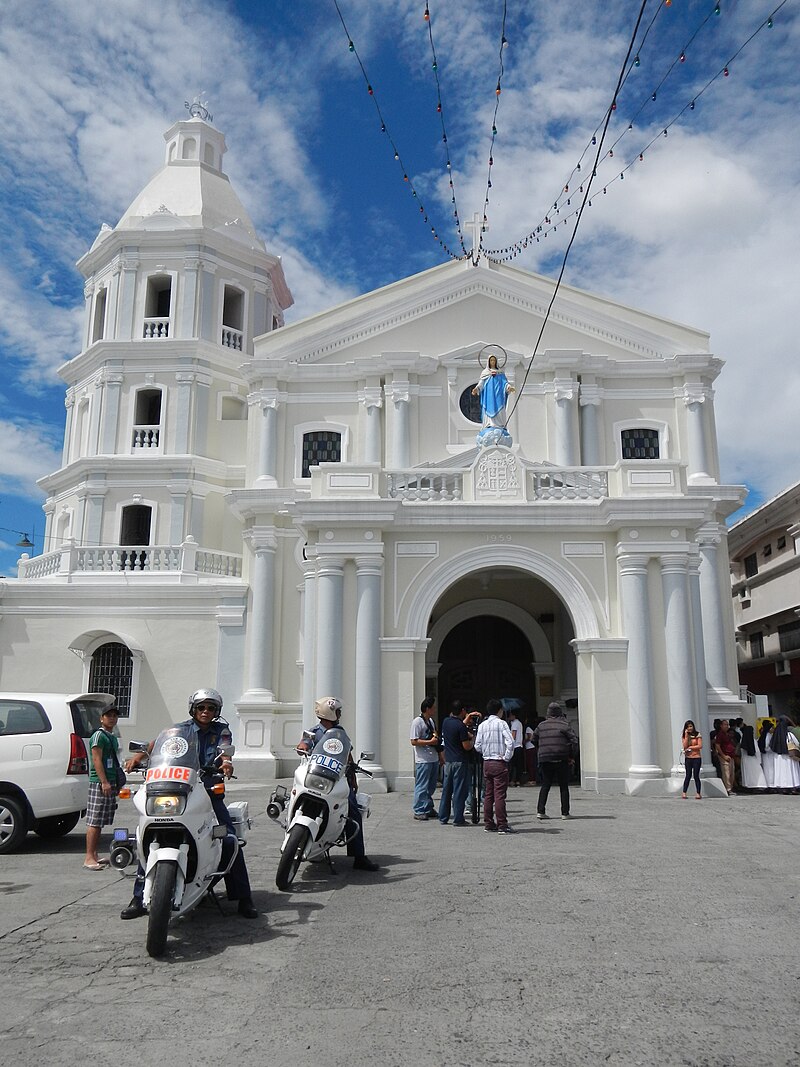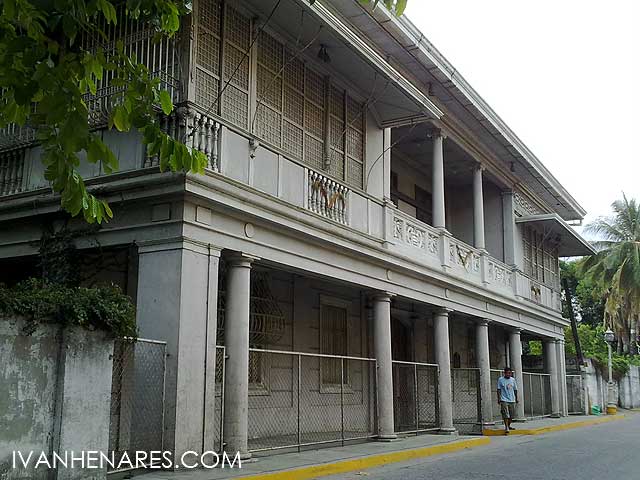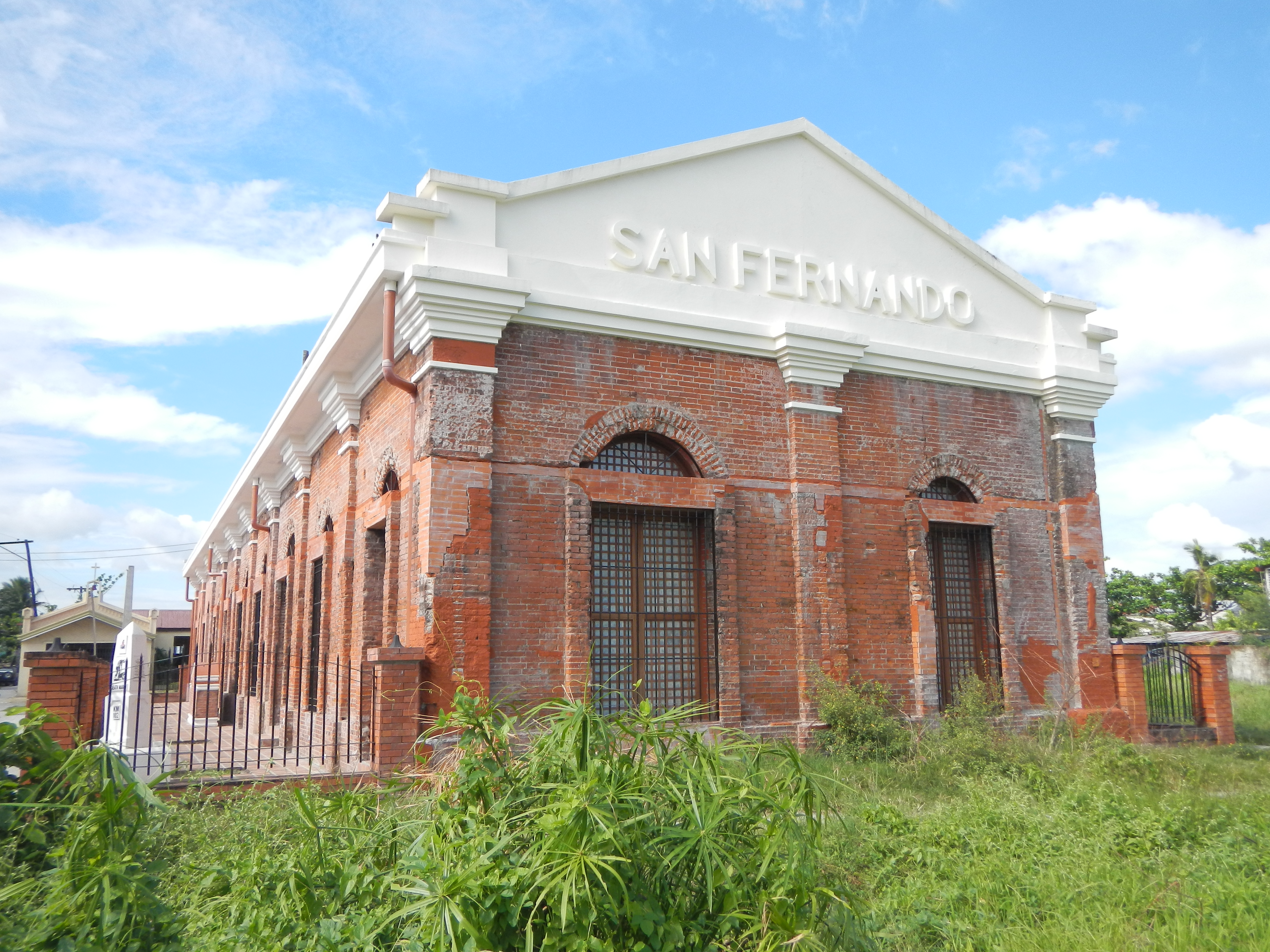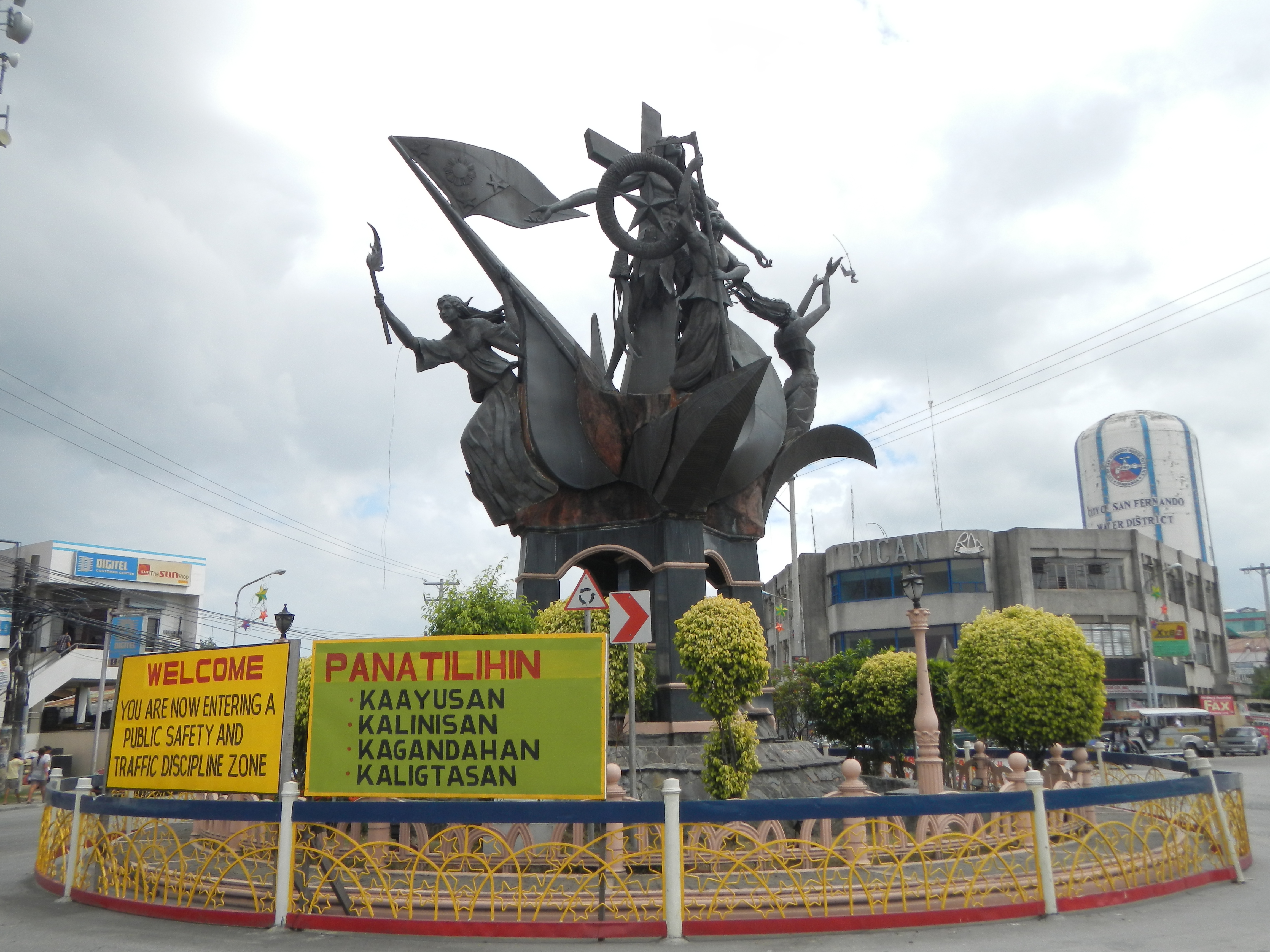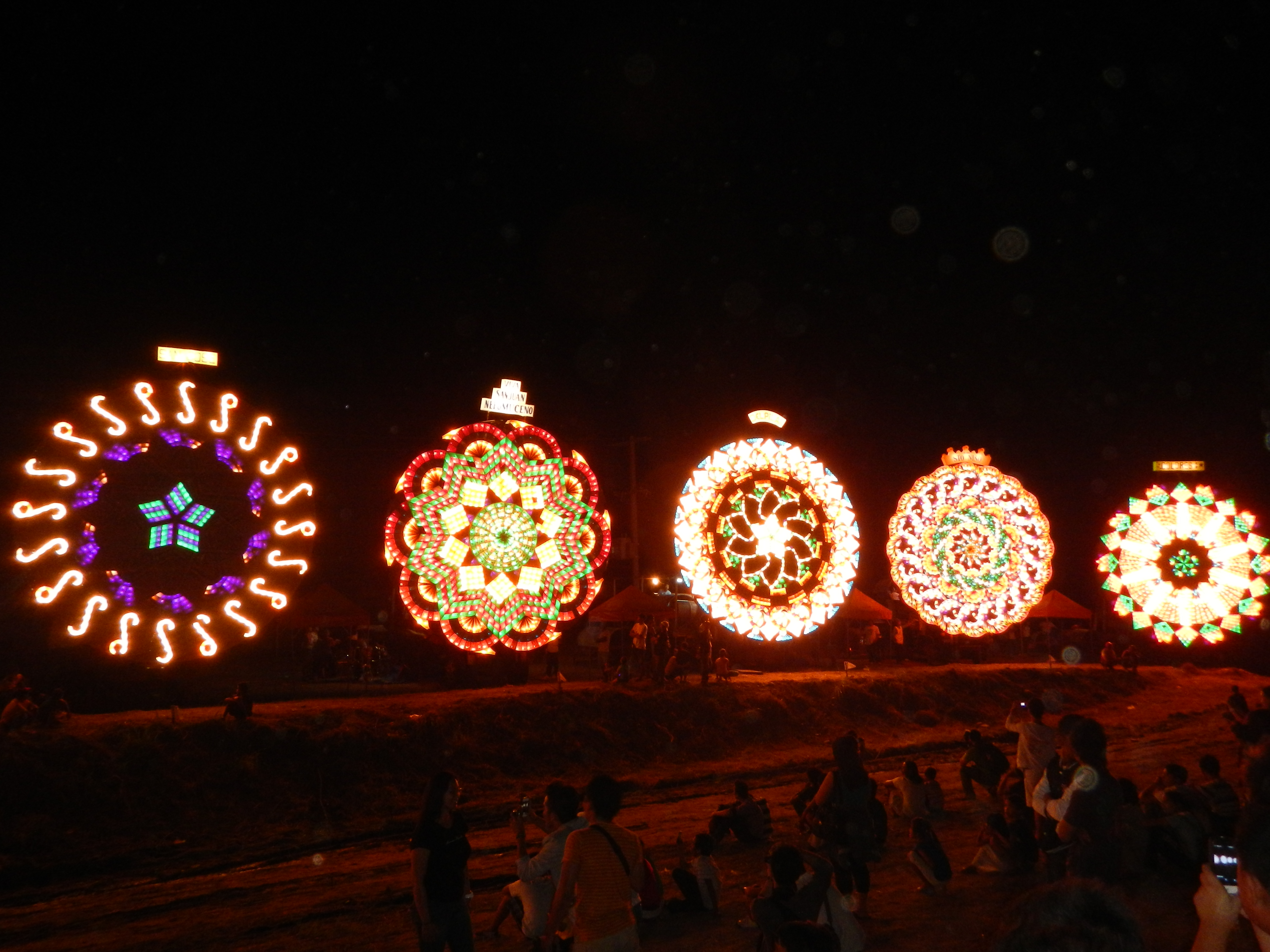Welcome to the City of San Fernando in Pampanga, and welcome to Anthro on Foot's walking tour! This
is a
self-paced walking tour that features key heritage sites and cultural highlights in the area. We hope
you enjoy this
tour as much as we enjoyed curating it!
The precolonial history of San Fernando in Pampanga is rooted in the cultural heritage of the
indigenous peoples who have inhabited the region for centuries.
The first inhabitants of Pampanga were the Aetas, the Austronesian-speaking indigenous peoples who
have lived in the region for thousands of years. These communities practiced hunting and gathering.
Pampanga's strategic location, with river systems and fertile plains, made it an attractive area
for early settlements. The indigenous people engaged in trade with neighboring communities,
fostering cultural exchange.
Over time, the Malay migrations further influenced the demographics and cultures of the region. The
interaction between Austronesian and Malay-speaking groups contributed to the diversity of
ethnicities in Pampanga.
During the Spanish colonial times, this was known as La Pampanga, translating to "riverbanks." As
the first province made known to Spanish settlers in 1571, it derived its name from the Kapampangan
River, the largest river in the region.
San Fernando was established as an independent municipality on August 15, 1754, during the term of
Spanish Governor-General Pedro Manuel de Arandia. The initial families to settle in the capital city
were the Arrozals, the Catacutans, and the Davids. Named after King Ferdinand II of Spain, San
Fernando witnessed the construction of its first Catholic Church in 1756, led by Father Sebastian
Moreno. The town observes its fiesta every May 30 and is renowned for various festivals, most
notably the annual Giant Lantern Festival celebrated in December, earning it the title "Christmas
Capital of the Philippines." Aside from earning this title, Pampanga is renowned as the Culinary
Center of the Philippines, celebrated for its delectable dishes.
